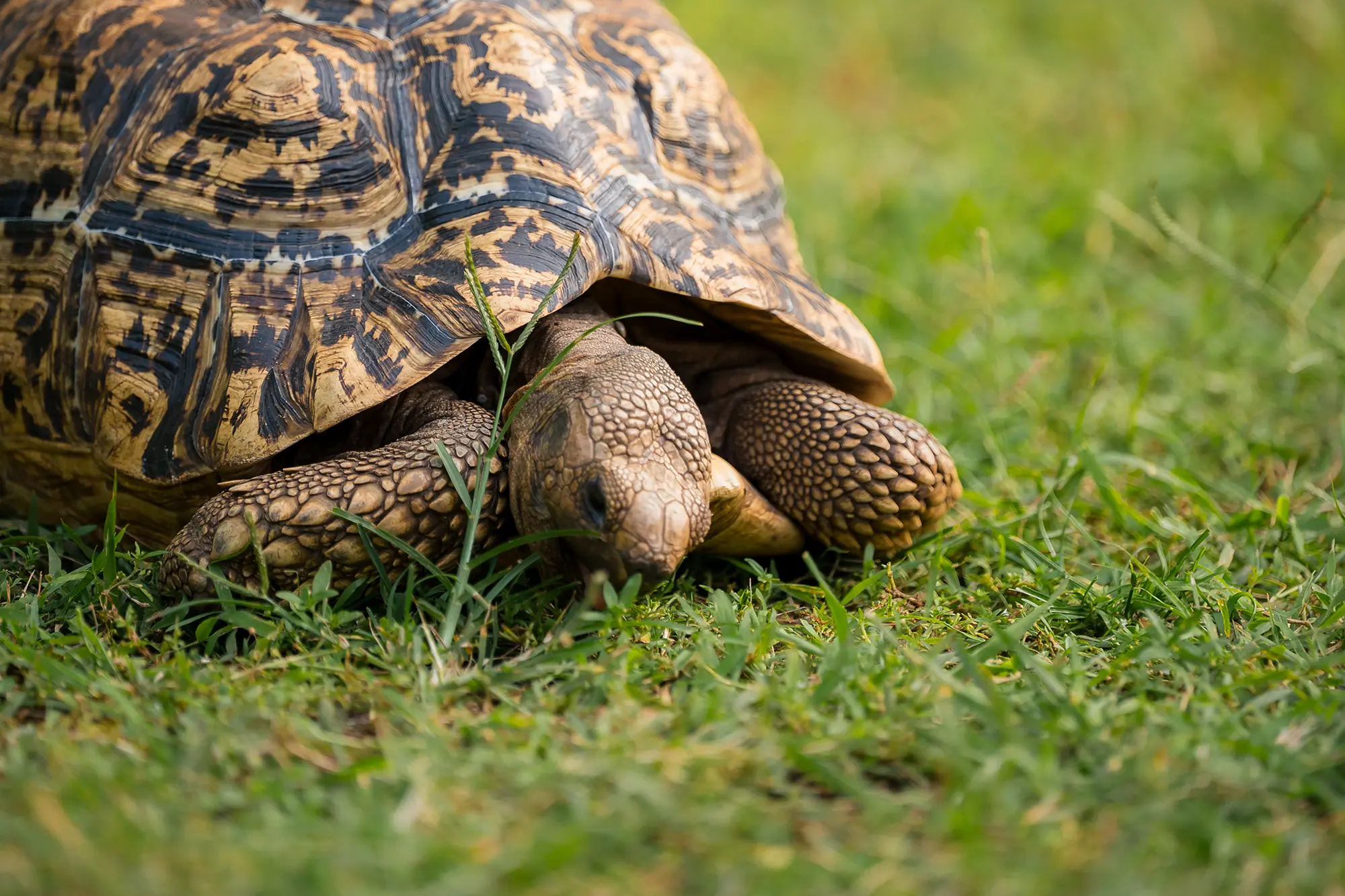Kiwi farming in Kenya is slowly gaining popularity among farmers looking for high-value crops. Though not as common as other fruits, kiwi is nutritious, profitable, and ideal for highland areas with temperate conditions.
This climbing vine can live up to 30 years if well cared for, making it a long-term investment. With proper support structures and good management, the plant starts producing fruits within 2 to 4 years.
Its growing market and impressive health benefits make kiwi a smart choice for farmers seeking to diversify.

How To Start Kiwi Farming In Kenya
Kiwi farming requires careful planning, the right climate, and commitment. Unlike traditional crops, kiwi needs structured support and good soil preparation. Here’s what you should know when getting started.
Best Regions For Growing Kiwi In Kenya
Kiwi thrives in cooler, high-altitude areas with plenty of sunlight and moderate rainfall. The main regions in Kenya suitable for kiwi farming include:
- Kiambu
- Nyeri
- Meru
- Nyandarua
- Eldoret
- Kericho
- Bomet
- Nandi Hills
- Kisii
- Some parts of Kakamega
These areas offer the temperate climate and fertile soils that the kiwi vine needs to thrive.
Ecological Requirements For Kiwi Farming
For your kiwi plants to grow healthy and productive, they must be in the right environment. Key conditions include:
- Warm days with maximum sunlight – Kiwi needs lots of light to grow and fruit properly.
- Fertile, well-drained soils – Soils should be rich in organic matter to support vigorous growth. Avoid waterlogged soils.
- Adequate water supply – Kiwi vines require a constant water supply, especially during the dry season.
- Shelter from strong winds – Windbreaks are essential to protect the climbing vines from damage.
How To Propagate Kiwi Fruit
There are two ways to grow kiwi plants: from seeds or stem cuttings. In Kenya, stem cuttings are preferred because they grow faster and are more reliable. Here’s a brief guide:
- Stem cuttings – Take a healthy cutting from a mature kiwi plant, apply rooting hormone, and plant it in a nursery. After 6-8 weeks, transplant to the main field.
- Seed propagation – Less common due to slow growth and low uniformity. It takes longer for seed-grown plants to bear fruit.
Support structures such as trellises or poles are necessary because kiwi is a climbing plant.
Kiwi Fruit Harvest And Yield
Kiwi plants begin to bear fruit after 2 to 4 years. With proper care, a single mature plant can yield more than 200 fruits per season.
- An eighth-acre plot can support around 50 kiwi vines.
- Each fruit weighs between 40g and 100g.
- Fruits are graded before selling:
- Grade A (over 80g) sells at Kshs 100 per fruit.
- Grade B (40g–80g) sells at Kshs 80 per fruit.
Proper harvesting involves picking fruits once they reach full size and ripen after harvesting. Handle them with care to avoid bruises that can lower market value.
Kiwi Market Opportunities In Kenya
Kenya’s kiwi market is still young, offering huge potential for early adopters. Most of the fruit is sold locally, and demand is growing, especially in urban centers.
You can sell kiwi fruits in:
- Open-air markets
- Grocery stores
- Supermarkets
- Direct orders from health-conscious consumers
Some farmers are exploring export markets, though this requires consistent quality and quantity.
Health Benefits Of Kiwi Fruit
Kiwi is a highly nutritious fruit with growing demand due to its health benefits. These include:
- Rich in Vitamin C and E – Boosts immunity and skin health.
- Contains polyphenols – Helps maintain heart health.
- Lowers blood pressure – Reduces the risk of cardiovascular disease.
- Aids digestion – High fiber content supports gut health.
- Improves skin condition – Antioxidants help reduce signs of aging.
Adding kiwi to your diet supports overall health and can help fight lifestyle-related illnesses.






































